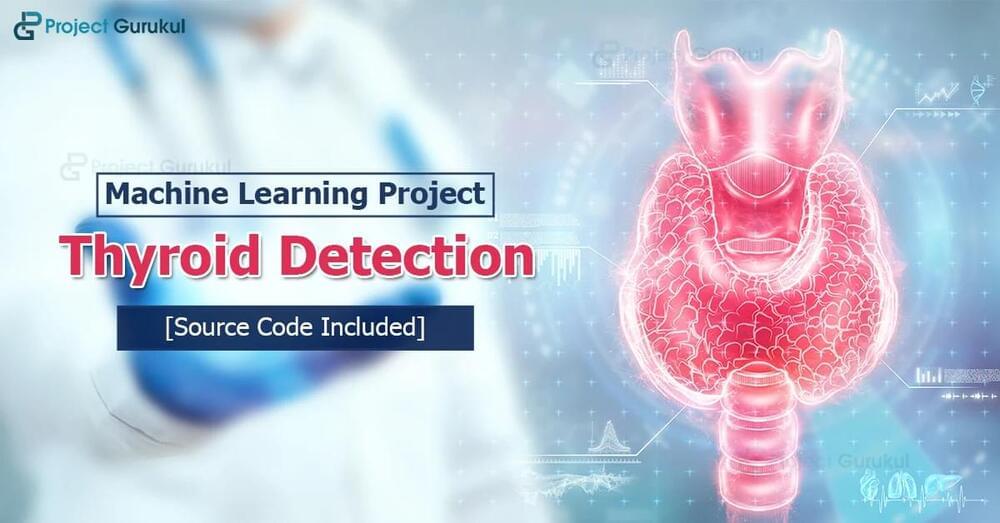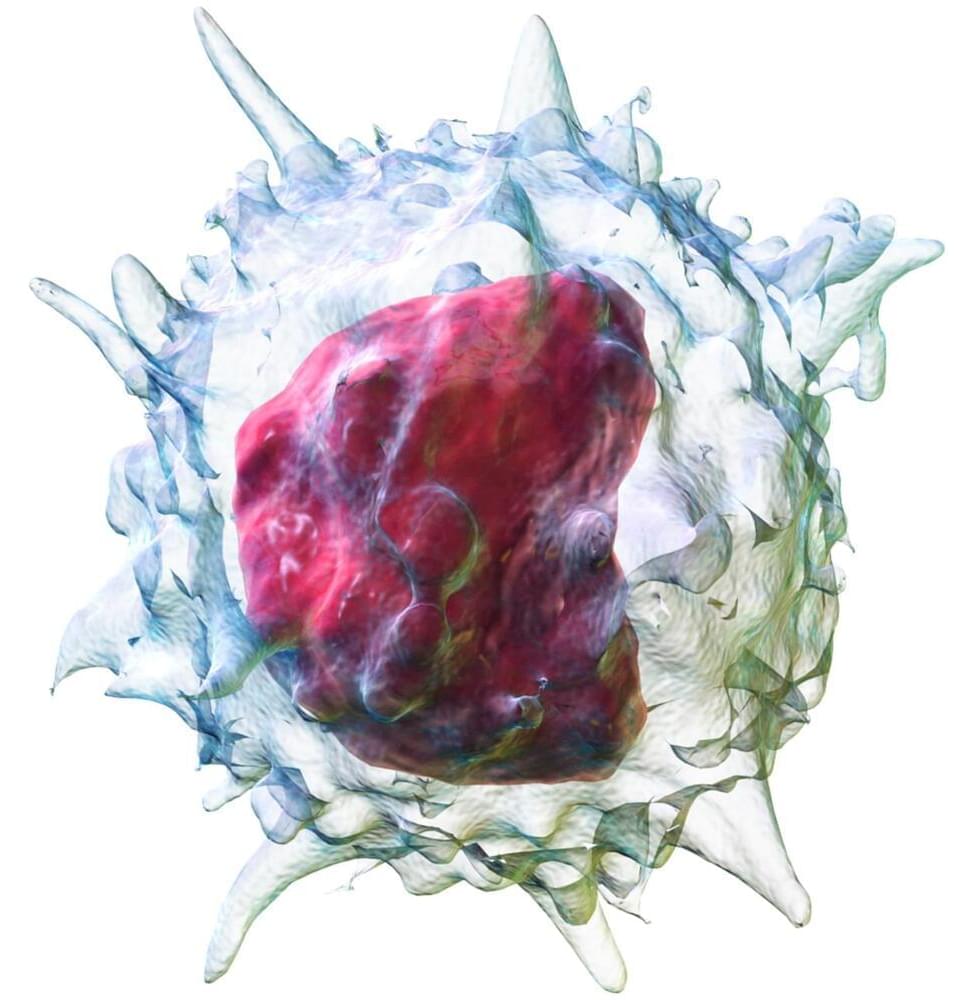Researchers suggest an application to FDA may be made within the next 12 months, requesting approval to carry out a human clinical trial with the gene therapy.



Tiny implantable sensors are helping University of Oregon researchers optimize the process of recovery from severe bone injuries.
Scientists at the UO’s Phil and Penny Knight Campus for Accelerating Scientific Impact have developed miniature implantable sensors that transmit real-time data about what’s happening at an injury site. In a new study, they use the technology to show that a resistance-training rehabilitation program can significantly improve femur injuries in rats in just eight weeks.
The sensors provide a window into the mechanical properties of the bone, giving scientists detailed ongoing data about the process of healing. If someday applied in humans, these sensors could allow doctors to better tailor a rehabilitation program to an individual patient, monitoring their progress and adjusting the exercises along the way.

A new hypothesis suggests that the very fabric of space-time may act as a dynamic reservoir for quantum information, which, if it holds, would address the long-standing Black Hole Information Paradox and potentially reshape our understanding of quantum gravity, according to a research team including scientists from pioneering quantum computing firm, Terra Quantum and Leiden University.
Published in Entropy, the Quantum Memory Matrix (QMM) hypothesis offers a mathematical framework to reconcile quantum mechanics and general relativity while preserving the fundamental principle of information conservation.
The study proposes that space-time, quantized at the Planck scale — a realm where the physics of quantum mechanics and general relativity converge — stores information from quantum interactions in “quantum imprints.” These imprints encode details of quantum states and their evolution, potentially enabling information retrieval during black hole evaporation through mechanisms like Hawking radiation. This directly addresses the Black Hole Information Paradox, which highlights the conflict between quantum mechanics — suggesting information cannot be destroyed — and classical black hole descriptions, where information appears to vanish once the black hole evaporates.

Google’s sixth-generation TPU claims major cost and performance gains, but its single-cloud reliance faces stiff competition from NVIDIA GPUs and Amazon’s Trainium.

Today, AI agents have evolved to become more modular and sophisticated. Agents like ChatGPT can engage in conversations and assist in a wide range of workflows, including customer service and financial decision-making.
Technologies such as retrieval-augmented generation (RAG) allow AI systems to combine different data sources dynamically, making them more adaptive and helpful in real-world applications. As AI’s influence expands into industries such as finance, healthcare and cybersecurity, it is becoming clear that AI agents are critical components of modern business operations.
Despite the remarkable progress in AI, deploying these systems presents several challenges. One of the primary concerns is the risk of bias embedded in the datasets used to train AI agents. AI systems learn from historical data, which can contain patterns of discrimination that, if unchecked, lead to biased decisions, such as favoring particular groups over others in hiring or lending scenarios.

Immunotherapy has changed the way physicians treat patients and has improved standard of care for many different tumors. Unfortunately, solid tumors are still treated with limited efficacy. In many cases, solid tumors are not recognized by the immune system and progress throughout the body. Tumor growth unnoticed by the immune system is due to immune suppressive mechanisms that the cancer controls. These mechanisms dysregulate immune cells from functioning properly. Various tumors escape immune cell detection and by the time it is clinically detected, the cancer has moved to an advanced stage.
Although there are many solid tumors that rapidly progress, one in particular includes glioblastoma. Glioblastoma is an aggressive brain tumor that extends into the spinal cord and results in poor prognosis. It arises from glial cells which support nerves and aids in brain damage repair. Unfortunately, scientists are still unsure on how glioblastoma occurs. Symptoms can vary based on location of tumor in the brain, but common features include headaches, nausea, seizures, vision changes, difficulty speaking, and change in personality. Currently, there is no cure for glioblastoma and the treatments are limited based on the aggressive stage at diagnosis. Scientists are working to improve quality of life and prolong survival through different immunotherapies, which redirect immune cells toward the tumor.
There are various ways to study therapy in a laboratory including the use of animal models and cells in a dish. However, a more recent form of model has emerged in the last few decades that can help scientists better mimic a human tumor. This new technology are cells cultured in a dish that are produced to form a 3D tumor. These cell cultures are referred to as ‘organoids’ and they are designed to grow and act like a tumor within the body. A group at the University of Pennsylvania (UPenn) is using this model to test tumor response to novel immunotherapies.

Vaccines have advanced the field of health and medicine throughout the last century. They are commonly given before a disease can occur to expose individuals to invading pathogens. Vaccines given as a preventative treatment helps the immune system build an immune response against disease that the person may encounter in the future. When an individual gets a shot at the doctor’s office they are injecting an attenuated version of the disease. The body will then recognize this pathogen as foreign and build an immune response against it. This is why many times a person feels sick after a few days from a vaccination – the body is activating the immune system to eliminate the disease.
Many types of vaccines exist and are developed to optimize delivery of attenuated pathogen. Arguably, the most well-known type of vaccine uses messenger ribonucleic acid (mRNA). These vaccines work by delivering mRNA of a virus, which allows human cells to produce viral protein. The immune system responds strongly to the viral proteins and targets them with different immune cells, while also generating antibodies against it. Once the body has built this response, the immune system can more easily target the same virus in the future. This recognition of specific infections is referred to as immunological memory. Currently, the only mRNA vaccines Food and Drug Administration (FDA) approved are for COVID-19. However, the efficient use of mRNA vaccines for COVID-19 have scientists wondering if this format can be used in other disease settings, including cancer.
A recent article in Nature Communications, by Dr. Damya Laoui and others introduce a novel therapeutic approach in which mRNA is integrated into nanoparticles to overcome tumor progression. Laoui is a group leader at Vlaams Instituut voor Biotechnologie (VIB) in Brussels, Belgium. Her work focuses on immune cell activation through specific immune cells known as macrophages and dendritic cells. Laoui also works on developing novel personalized immunotherapies for patients with hard-to-treat cancers.


Researchers think certain common viruses may trigger some autoimmune conditions—alone or in concert with other factors. A recent Office of Autoimmune Disease Research (OADR)-Office of Research on Women’s Health Science Talks series focused on understanding the triggers of autoimmunity and advancing research.
Almost 80 percent of people living with an autoimmune disease are women. It’s estimated there are 80–120 autoimmune diseases. These chronic and often debilitating diseases have no known cures. Some combination of genetics, immune regulation and the environment work together to form an “endotype” for each autoimmune disease patient, explained Dr. Judith James of the Oklahoma Medical Research Foundation.
Her presentation focused on lupus, or systemic lupus erythematosus (SLE), which disproportionately affects women. Nine women are diagnosed with SLE for every male. In SLE, the immune system attacks healthy tissue, causing inflammation and occasionally permanent damage.